If you are looking wholesale lighting solutions, click here.
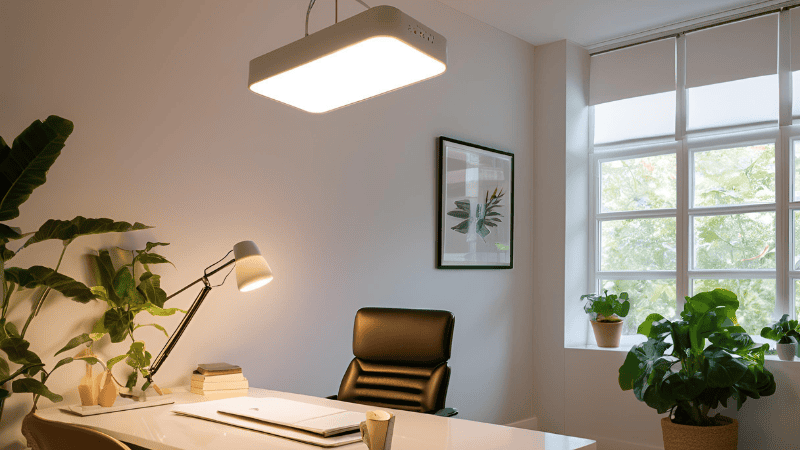
Want to reduce eye strain and stay focused for hours of work or study? In this article, you’ll learn how the ideal lighting arrangement can boost eye ease, mental concentration, and long-term performance.
From color temperature to brightness levels, we’ll break it down so you can easily see what matters most.
Proper lighting is the do-or-die factor in your ability to stay focused, productive, and comfortable while learning, reading, or working.
Wrong lighting conditions will lead to eye strain, headaches, mental tiredness, and even affect sleep cycles being affected.
Light not only illuminates your workspace—it actually directly affects how your brain and internal clock function within your body.
Science learns more about how LED energy-saving light bulbs are quickly becoming a standard fixture in homes, schools, and businesses.

Proper lighting is all about selecting the right color light bulbs, size, type, shape, and code. Together, all of these create a perfect lighting fixture.
Choosing the correct color temperature of light is essential when it comes to how your brain processes what’s around it. Blue-dominant, cool light (approx 5000K–6500K) induces alertness and improves focus and cognitive sharpness.
And if you want to select a warm white light for your place, then it’s the best fit for relaxation. Warm light (2700K–3000K) induces comfort, soothing the brain—especially for the night. Natural light is still the standard when it comes to retaining peak focus and keeping circadian rhythm timing.

Excessive blue light, however—especially in the evening—will suppress melatonin release, distorting your sleep cycle. That is why light control plays a role in obtaining that balance between productivity and health.
Selecting the best LED light color temperature for an hour of the day, especially the color for reading, can increase concentration, be healthy for the eyes, and give improved quality sleep cycles.
Use cool yellow and white light (5000K–6500K) during the daytime when reading, studying, or working. It is closest to natural daylight and has the effect of sharpening mental acuity and alertness.
Expose yourself to moderate blue light exposure for increased alertness and cognitive function, as well as performance through a digital display screen, but limit it close to sunset.
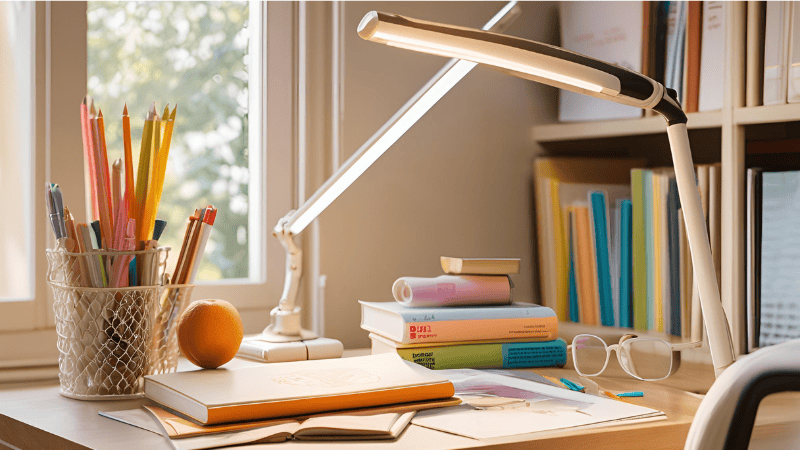
It is made to restrict blue light emission during the night to prepare your body for sleep. Amber or red light must be used for late-night reading since it will not inhibit melatonin.
Blue light-blocking bulbs or blue light filter glasses can also reduce sleep disruption.
The best LED light color and correct LED light bulb size can be the difference between productivity and comfort, whether it’s a business office environment or homework.
LED light for concentrated work minimizes eye strain and also makes long concentration periods easier to handle.
A quality LED desk light is an essential component of any serious workspace.
Desk lamps such as the BenQ e-Reading Desk Lamp enable you to adjust their color temperature and brightness to enable you to tailor your lighting to your preferred use.
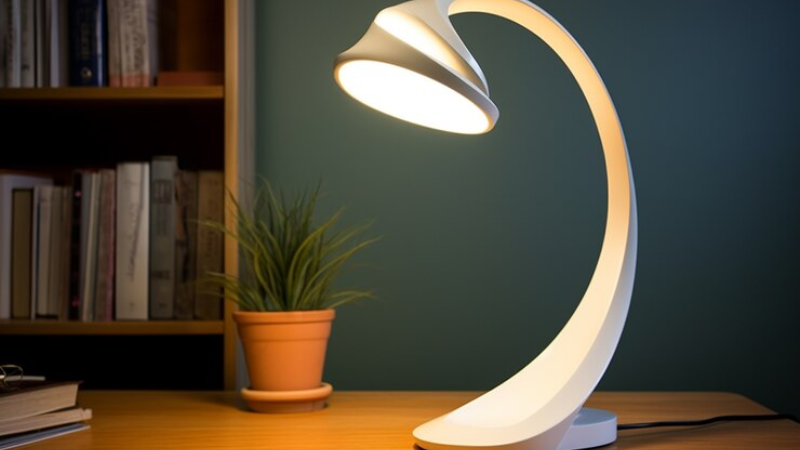
Between reading and writing, and just computing, having the ability to toggle between warm and cool color temperatures minimizes eye strain and improves perception.
Studies show that the color temperature affects the minds and creativity of students. So, optimizing the classroom lights or desk lights affects student psychology.
For healthy vision—particularly when working on the screen—prefer blue, cold, light-blocking LED light bulbs. These are especially convenient when working late at night since they block the blue wavelengths that disrupt melatonin production and disrupt sleep quality.
These are ideal for digital learners and professionals who must work late at night, especially during study sessions.
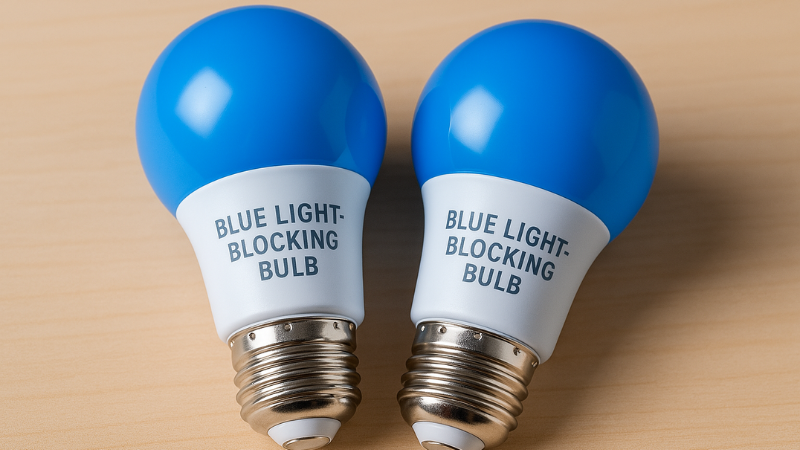
Smart bulbs like Philips Hue, Risuncorp, or LIFX Smart Bulbs make it easy to adjust brightness, light intensity, and color temperature with an app or voice. These must be employed in the workplace and learning environments where adjustable light throughout the day is needed.
Automation can be scheduled or employ activities like brainstorming, writing, or video conferencing through presets.
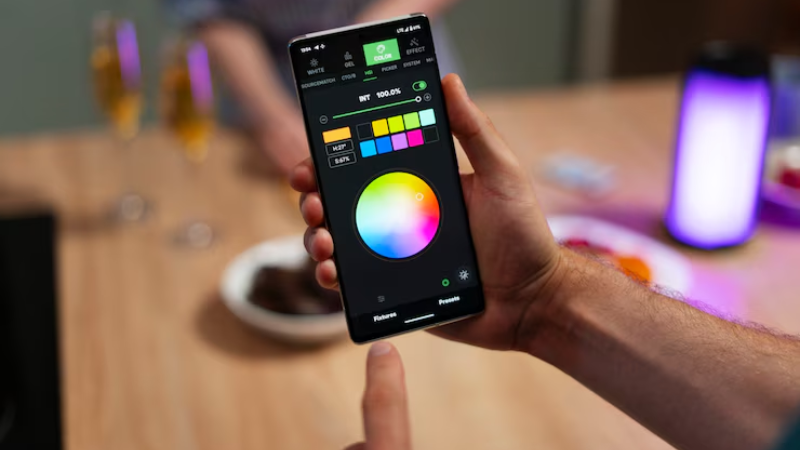
Task lighting is directed at one spot in an effort to be the most intense and reduce eye fatigue because it positions light exactly where it’s needed. They are best if chosen for workplace or office lighting.
As a stationary under-shelf or as a freestanding machine, task lighting is especially convenient when utilized to read papers, draw, or do accurate work.
Make sure to look for lamps whose arms or beams are adjustable to provide maximum comfort and precision.
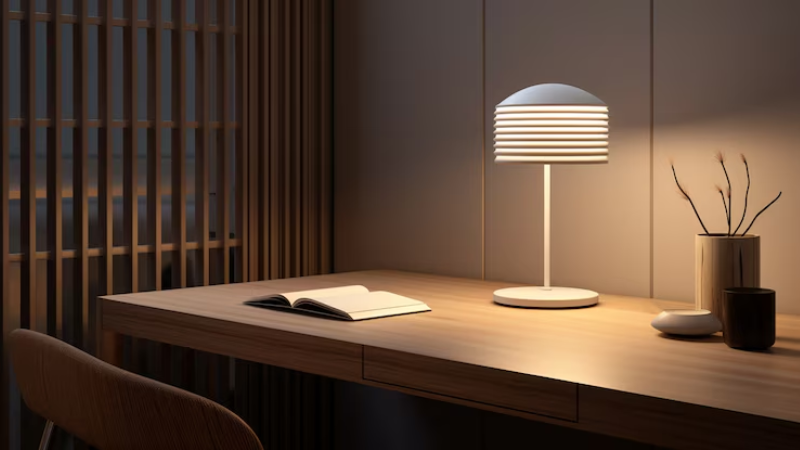
Having the proper lighting arrangement isn’t a matter of eyesight—it’s a matter of long-term vision and health.
Inadequate illumination—either too bright or too dark—induces the eyes to strain and work harder. It produces side effects of headache, watering, dry eye, and inability to see clearly.
Brightness control and the application of uniformly illuminated LED lighting prevent such occurrences.
Blue light emitted by computer monitors, especially for longer durations, results in digital eye strain. Blue light also affects sleep patterns in the long run.
The use of blue light-blocking glasses or yellow lamps in the work environment decreases glare and enhances comfort in the eyes, particularly during prolonged screen viewing times.

Invest in good lighting to reduce risks for chronic conditions such as dry eyes and blurred vision. Daylight-like color or color adjustment to your activity level can enable eye health and overall comfort in everyday functioning.
Color temperature, in terms of Kelvin (K), impacts the extent to which the light is “warm” or “cool” and has a physical effect on mood and productivity.
Lower Kelvin values (2700K-3000K) give a warm, yellowish light. Higher values (5000K-6500K) give a cooler, bluish-white light. It’s not only an appearance difference; it also has a functional effect on the use of a space.
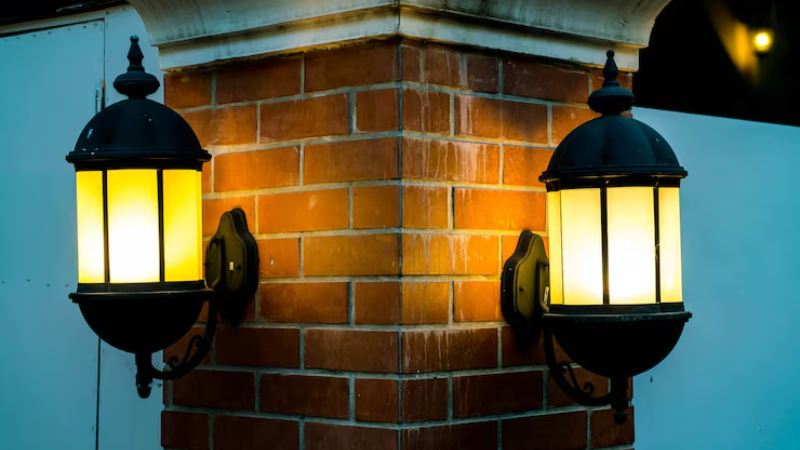
| Color Temperature | Light Color | Effect on Eyes | Best For |
|---|---|---|---|
| 2700K – 3000K | Warm White | Relaxing, soft on the eyes | Reading before bed |
| 3500K – 4100K | Neutral White | Balanced, low eye strain | General studying |
| 5000K – 6500K | Cool White / Daylight | Bright, boosts focus | Tasks needing alertness |
Every space has its own specific light needs, and LED now has diverse varieties to cover them all.
Select LED ceiling fixtures and lamps that are both energy-efficient and smart. Models like the BenQ e-Reading Lamp or Philips Hue can be programmed to dim at the same time each day, reducing glare and boosting productivity during homework sessions.
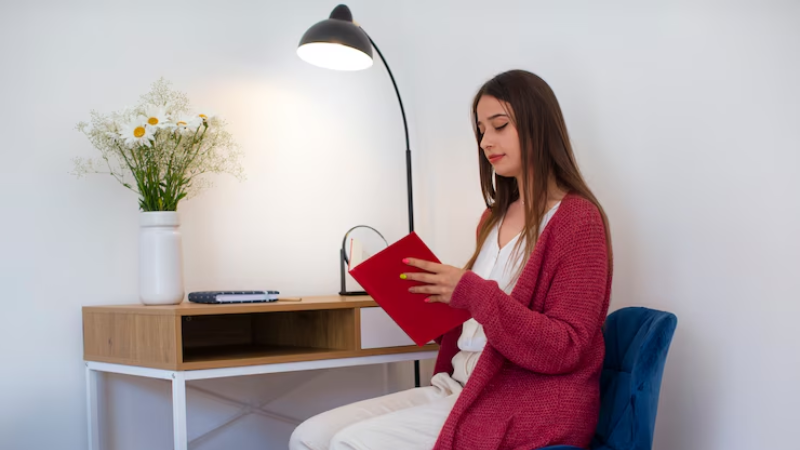
Companies appreciate adaptable illumination that saves overhead and promotes well-being among workers. Comfortable, cool temperatures and even lighting improve task performance and focus.
The use of blue light reduction technology and smart automation in typical offices or training facilities achieves maximum comfort and productivity. Companies should pay attention to different types of commercial lighting fixtures to create a mix of comfort and style in their spaces.
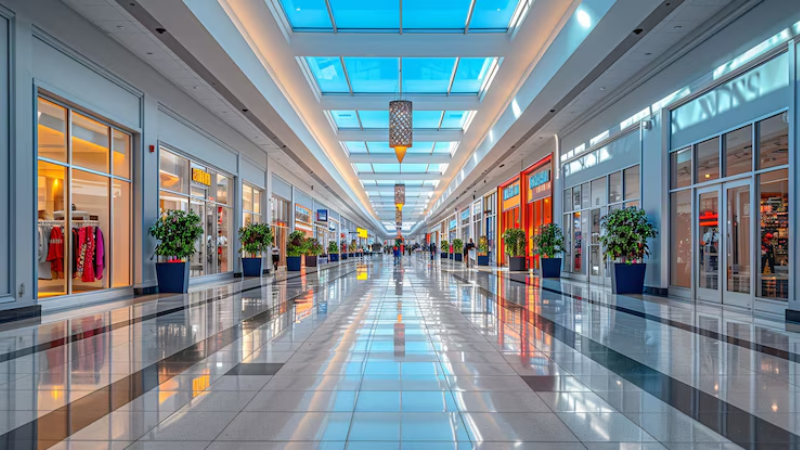
Present LED lighting is typically fitted with smart controls to switch between cool white light for intense work and warm light for breaks or nights. Such adaptive light solutions accommodate shifting patterns of work as well as different habits of use and are best suited for multi-purpose spaces.
You are investing not only in work productivity every time you install the right LED lighting solutions in your office or study room, but also in long-term well-being.
While digital technology is opening doors to work and education, yellow light and screen-related eye health issues are increasing. Smart lighting solutions can avoid eye strain and promote visual comfort to a great extent.
Prolonged screen usage radiates blue light, which is responsible for digital eye strain and sleep disturbance.
Blue light filtering glasses, screen filters, or low-blue-emission LED lamps can alleviate aches, particularly when utilized during nighttime. They are treatments that guarantee melatonin is maintained and enhance healthy sleep cycles.
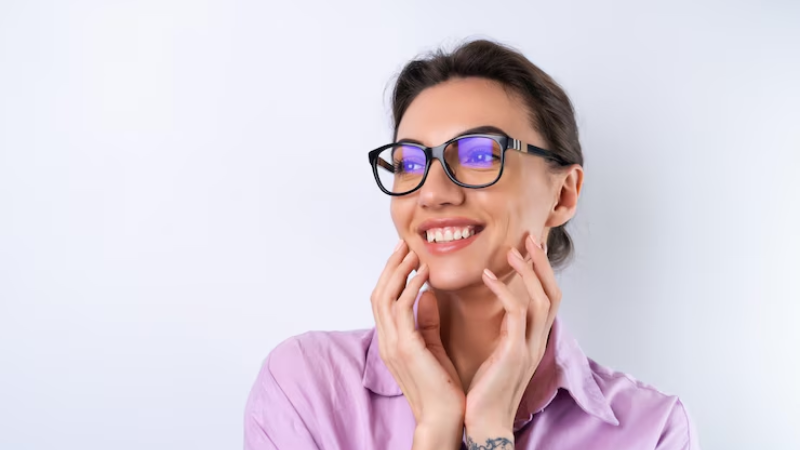
One of the easiest and most beneficial routines is the 20-20-20 rule: 20 minutes away from something, 20 feet for a minimum of 20 seconds. It leaves room for blinking, prevents dry eyes, and relaxes the eye muscles, avoiding fatigue after long close-up screen use.
Correct lighting positioning reduces screen glare and reflections. Position desk lamps 30 degrees away from perpendicular, and don’t use overhead lighting that reflects off monitors.
Use dimmable LED lights so that brightness can be adjusted according to the room’s ambient lighting, and use cooler colors during the day and warmer colors at night to reduce eye strain.
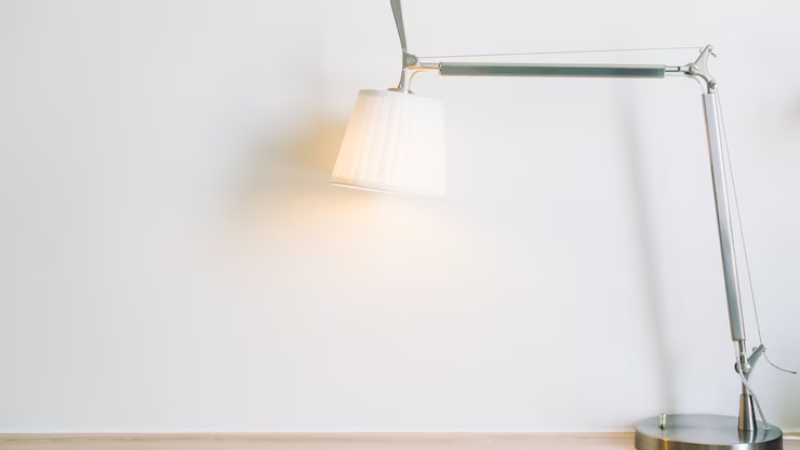
Aside from comfort, smart lighting choices also have cost and environmental benefits.
LED bulbs use 80% less energy than traditional incandescent or fluorescent lighting. They are more efficient in converting energy into light rather than heat, so they are cooler and safer to use in small office or study spaces.
However, companies should weigh down LED vs incandescent bulbs before investing in bulk inventory to avoid any last-minute problems. Because this is all a matter of one’s own comfort and activity level.
Although LED lighting costs more to buy initially, reduced power consumption and longer life, frequently in excess of 25,000 hours, mean less replacement and significant cost savings in the long run.
It is especially logical in reading rooms, offices, and retail business establishments with extended late evening business hours.
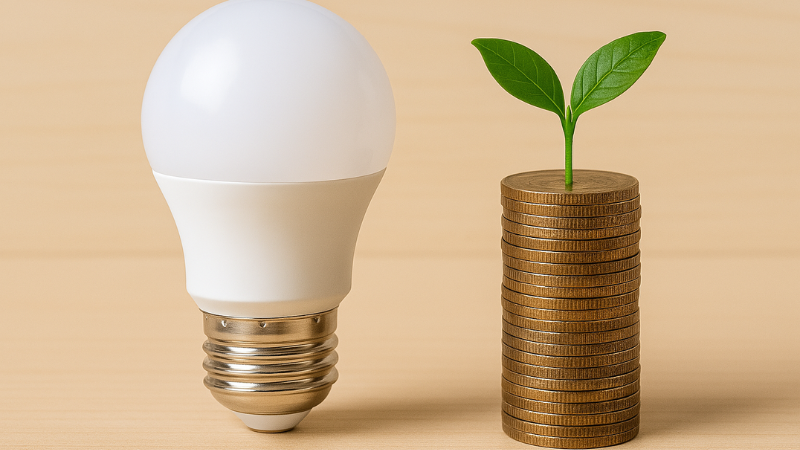
For businesses, a move to energy-saving LED technology translates into reduced operational costs, reduced maintenance cycles, and increased productivity of employees.
Intelligent automated lighting systems can also take it a step further to maximize consumption, with a simple ROI in the first year of operation.
When selecting light for business, study, or work, comfort, efficiency, and durability should top your list of priorities. When deflecting glare from the screen away from your eyes, selecting switchable color temperatures, or using smart LEDs, ethical lighting contributes to productivity as well as contentment.
We produce better quality LED lighting systems for reading rooms, home offices, and business premises at Risuncorp. With years of market presence, our products are made to be durable, comfortable, and energy-efficient.
Schedule a free consultation or browse through our product catalog to see all our lighting products and get the professional solution for your business.
Comprehensive Lighting Solutions for MRO Wholesalers and Professionals
send your inquiry
Hi, I'm the author of this post, and I have been in this field for more than 15 years. If you want to wholesale lighting fixtures or lighting related product, feel free to ask me any questions.
Learn More >>Download our catalog to view all of our lighting products.
Ready to get started ?
Send Your InquiryOur team will get back to you promptly

please
download
Get notified about new products
Our team will get back to you promptly!
Add your first comment to this post